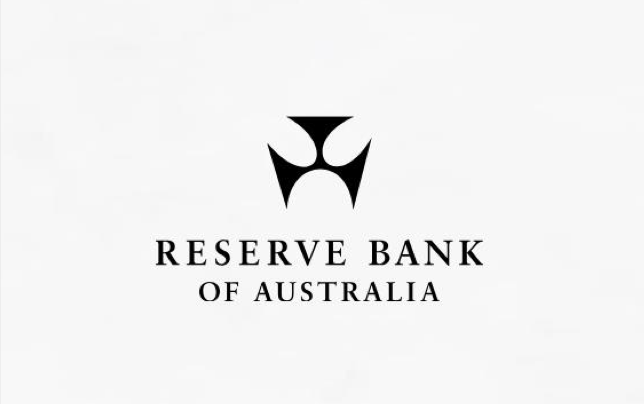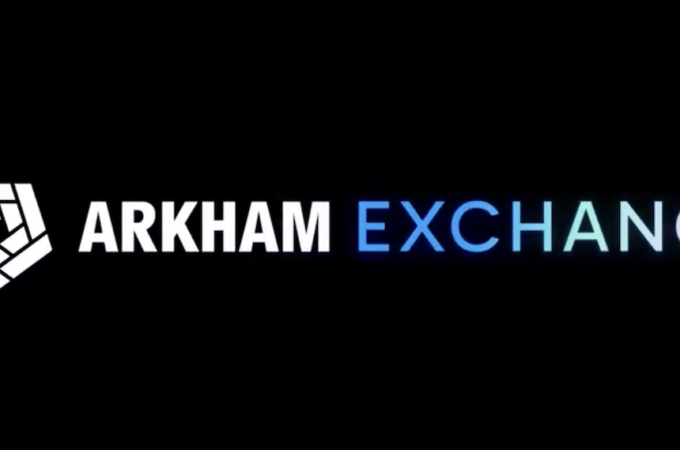
First Things First, What Is Fintech?
THE GUARDIAN: Simply put, it’s “the application of technology in financial services to create disruptive business models and inclusive products,” says EY’s Imran Gulamhuseinwala. One example is M-Pesa, a mobile-phone based payments network serving millions of ‘unbanked’ in Kenya.
Why are we talking about fintech now?
Because it feels a bit like the late 1990s dotcom boom again, says Lu Zurawski, ACI Worldwide. Financial technology startups in the UK and Ireland raised more than £461.3m from investors between 2008 and 2013, while Q4 of 2014 was the most active quarter in fintech history.
Eric Van der Kleij, Level39 puts this is down to the alignment of a few stars:
The financial crisis meant that a few financial services giants stopped investing in R&D. This, coupled with new regulatory requirements imposed on the banks and the need to drive costs out of financial services, meant that opportunity was ripe … The other star that aligned was that the financial crisis created a large talent pool of people that used to work in financial services. These people had ideas about how to either improve elements of banking – like the way things like Know Your Customer (KYC) or Anti-Money Laundering (AML) were done – or were keen to try to directly compete. In the UK we are also lucky to have a much improved policy environment that directly favours startups.
Will fintech render traditional banking redundant?
Innovation in any sector creates winners and losers, and fintech will be no different, says Gerald Brady, Silicon Valley Bank. Some banks will thrive and others will find it hard to adapt.
While fintech is undoubtedly disruptive, Van der Kleij warns against underestimating the capabilities of big banks. “They can afford to try many different innovations – either by acquiring fintech innovators, partnering with them to help give them scale to exciting products or services, or commissioning disruptive products that could cannibalise/replace their own businesses.”
Rather than render traditional banking redundant, Gulamhuseinwala adds that the majority of fintechs are actually piggy backing existing infrastructure and complementing it.
What’s the connection between fintech and social good?
There are lots of examples, but we’ll focus on three. First, there’s tackling financial exclusion. In Bangladesh for example, where an estimated 70% of the population live in rural areas and fewer than 15% are connected to the formal banking sector, bKash allows Bengalis to send and receive money safely via mobile phones. (And financial exclusion isn’t limited to developing markets – according to the Resolution Foundation, 4% of UK households don’t have bank accounts.)
Second, companies like Azimo and Transferwise are bringing a new level of price transparency to remittances (sending money overseas), which has typically been associated with high fees.
Third, crowdfunding and microfinance platforms give entrepreneurs, small businesses and individuals access to funds where traditional banking might not. Tracey Horner, head of Lendwithcare, says that since its launch five years ago, 21,000 lenders have loaned almost £6m to around 17,000 entrepreneurs in developing countries. Dan Sutch, Nominet Trust points to Modest Needs, which empowers the general public to make small ($10-15) emergency grants to low-income workers in the US.
In the UK, Pennies allows customers to round up their purchase price and donate to charity electronically at point of sale. “It’s not a breathtaking fintech IT innovation, but it’s a genius, simple bit of social innovation,” says Zurawski.
How do we encourage even more socially-oriented fintech?
Currently there isn’t enough of a link between impact capital, risk capital and grant funding, but if these three types of investment were aligned effectively it could create a pipeline of support for socially-driven tech innovators, says Sutch.
What can we learn from mobile banking companies in Africa?
For Van der Kleij, mobile banking in Africa has been a lesson in imagination and possibilities. For Alick Varma, founder of Osper, one interesting lesson has been the importance of basic convenience. He explains that prior to M-Pesa people were taking a 24 hour bus ride to give money to their families in rural Kenya. “The benefits of sending money home through a single text message were obvious. What was equally interesting was that the service was launched and is owned by a mobile operator – not a bank. The operator had access to 10,000 ‘branches’ relative to around 500 branches for the biggest bank!”
Is social media getting in on the act?
It is. WeChat, the mobile text and voice messaging app developed in China, has recently created a money-gifting scheme that sends gifts in a digital version of the traditional ‘cash in the red envelope’. According to Van der Kleij, WeChat is looking at utilising the scale and breadth of its social media capabilities as operating systems for new models of finance.
What should we pay attention to?
It’s worth keeping your eye on bitcoin and alternative digital currencies, says Sutch. He explains: “The social value is far from being understood, but the potential for alternative digital currencies to shift our relationship with finance (and trusted intermediaries) is apparent.”
Platforms like Ethereum, Ripple, Blockstream/Blockchain are also ones to look out for, says Van der Kleij, who explains that their ability to enable everything from smart contracts to banking means they’ve caught the attention of innovators big and small.





